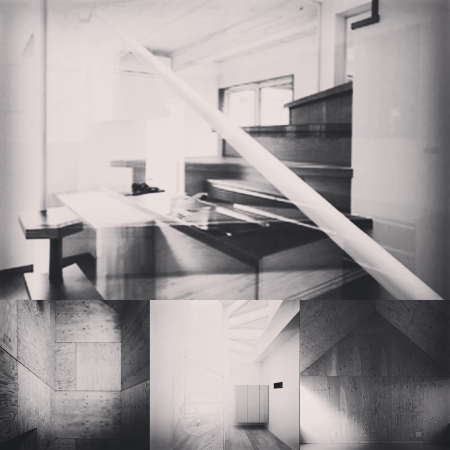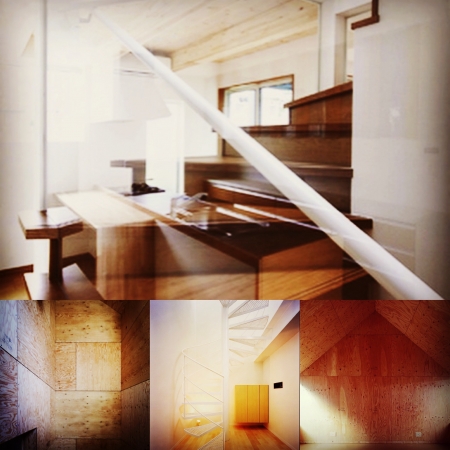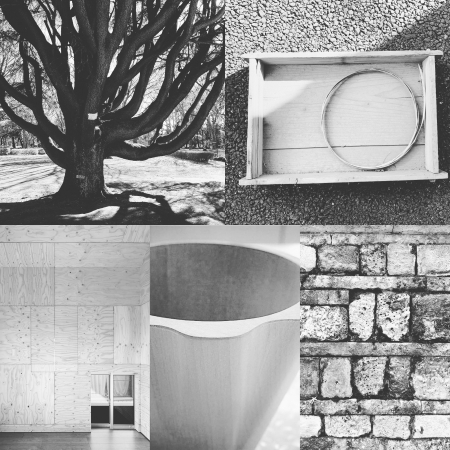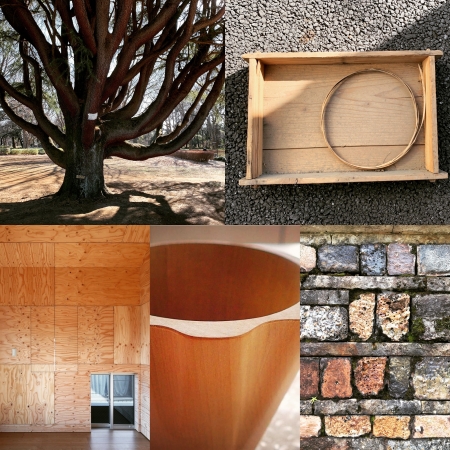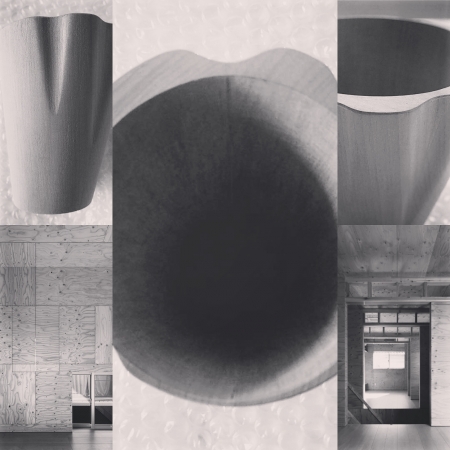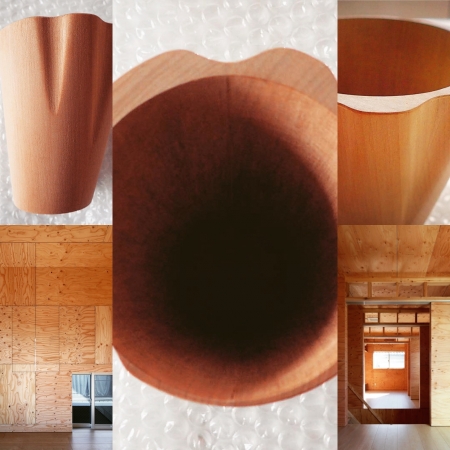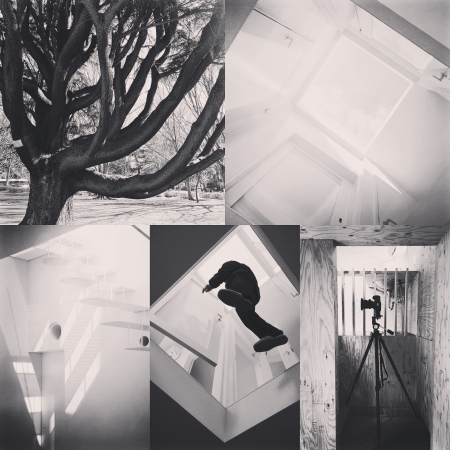視覚に時間の幅を
視覚の中に時間の要素を持ち込みたいと考えている。
時間の要素とは時間の幅のようなもので、例えば、何かを見ている時に目の前にある物の今この瞬間を捉えているが、その物が過去から未来へと時間の流れの中でどのように存在してきたが伝わるようにしたい。
もしかしたら、それは瞬時にでは無くて少しの間があり、少しわかりづらい状況をあえてつくることになるかもしれない。
"Visually the width of time"
I want to bring an element of time into my vision.
The element of time is like the width of time, for example, when you are looking at something, you capture the moment of the thing in front of you, but that thing is the flow of time from the past to the future. I want to convey how it has existed in the world.
Perhaps it's not an instant, but a short time, and it may dare to create a situation that is a little confusing.

